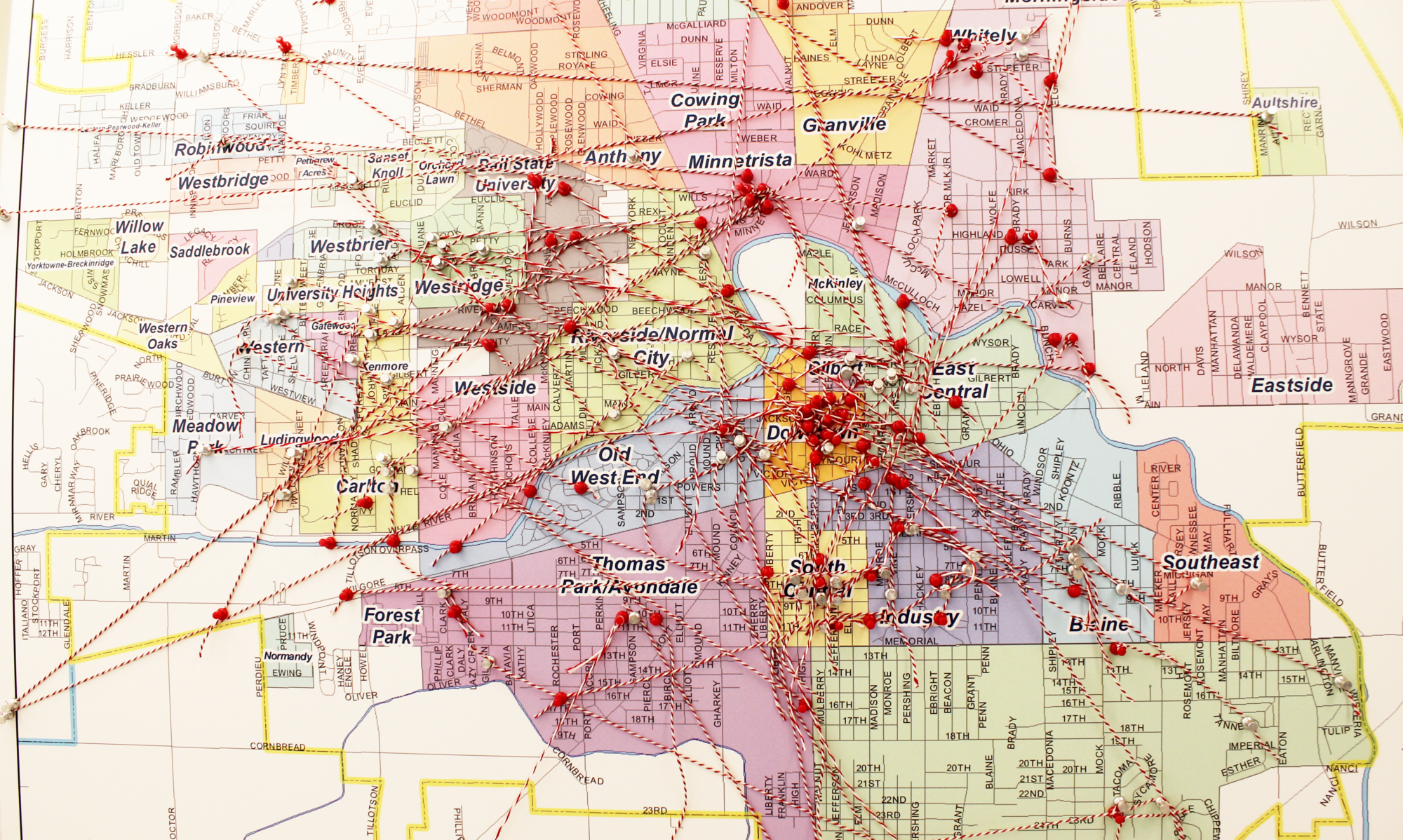More info about Westridge will be posted as it becomes available.
Do you have information about this area that you’d like to share? Contact Building Better Neighborhoods. We’d love to hear about it!

Connecting Muncie Neighborhood partners and resources
Useful resources and tools
More info about Westridge will be posted as it becomes available.
Do you have information about this area that you’d like to share? Contact Building Better Neighborhoods. We’d love to hear about it!
More info about Westside will be posted as it becomes available.
Do you have information about this area that you’d like to share? Contact Building Better Neighborhoods. We’d love to hear about it!
Whitely is “An Education First Community.”
The neighborhood goals are:
- Beautification
- Safety and Security
- Education and Health
- Employment and Entrepreneurs
- Pride and Events
- Resource Development
- Marketing and Public Relations
Whitely Town, Indiana was founded as its own city in the early 1890s by a wealthy man from Ohio named William Needham Whitely, who was known at the time as a great inventor and “the Reaper King.” He envisioned that this place would become one of the major centers of industry in Indiana. He chose this location during the “gas boom era” during which there were plentiful and cheap natural gas fields in east central Indiana. Drilling for wells in Delaware County was fast and furious, but there wasn’t enough infrastructure to support the numbers of incoming workers from Ohio, Kentucky, and New York.
William, along with his brothers Burt and Amos ultimately chose Muncie on the advice of new Muncie resident and friend from Ohio, George F. McCulloch. McCulloch, for whom “Woods Park” was renamed, helped orchestrate a great business offer and the Whitelys bought 1200 acres of the Wysor tract that was newly available and started to build Whitely Town. The centerpiece was the William N. Whitely Harvesting Machine Company, which was built on the grounds that are now home to East Central Recycling. Soon, a new railroad was built across the White River. Later came the Whitely Inn, White Stables, Whitely Steel Co, Whitely Gas Co, Whitely Bakery, Whitely Public School (what is now Shaffer Chapel), Whitely Iron and Casting Co, Whitely Malleable Castings, Whitely Land Co, Whitely Tin Shop, and more. (source)
BSU Immersive Learning – Historical Maps
The Whitely Neighborhood Association meets at 5:30 pm on the second Monday of every month at the Union Missionary Baptist Church. All are welcome.
Webpage – http://whitelycc.org/
Facebook – https://www.facebook.com/whitelycc
Twitter – @WhitelyCC
Email – whitelycc@gmail.com
In fall 2011, Students from the Ball State University College of Architecture and Planning, under the direction of BSU faculty member Lisa Dunaway, worked alongside the Whitely Community Council to develop the Whitely Neighborhood Action Plan (WNAP). Since 2011, the WNAP has guided the neighborhood towards successful implementation of many of the identified action steps.
Whitely Map (pdf)
Whitely Neighborhood Areas (pdf)
Whitely self guided tour (pdf)
Like many other neighborhoods across the country, University Heights began when the demand for housing increased greatly at the end of the Second World War. What had been farmland west of Muncie became the site of new homes in the late 1940’s and early 1950’s, as the postwar baby boom began in real earnest and returning veterans and others sought homes for their new and growing families. The response to the growth of University Heights and other similar neighborhoods included the opening of West View Elementary School in 1953 and Storer Junior High (later a middle school and now an elementary school) in 1960. The neighborhood went through a cycle of change as those young families grew and then moved off into their own neighborhoods. For some years the neighborhood has had a number of retired persons, but in recent years more young families have entered the area, starting the cycle all over again.
A steering committee began meeting fall 2014 with their first meeting on, Thursday, April 9th of that year.
2016 Neighborhood Association meetings will be held on March 10, June 9, September 8, and December 8 at the Riverside Baptist Church, 3700 W. Riverside, from 6:30-7:30 PM. All are welcome!
University Heights Bylaws These bylaws were utilized by the previous neighborhood association; they may be updated or redrafted by the currently forming group.
University Heights map (pdf)
(click the images above to view the full posters as pdfs)
More info about Willow Lake will be posted as it becomes available.
Do you have information about this area that you’d like to share? Contact Building Better Neighborhoods. We’d love to hear about it!
More info about Yorktowne-Breckinridge will be posted as it becomes available.
Do you have information about this area that you’d like to share? Contact Building Better Neighborhoods. We’d love to hear about it!